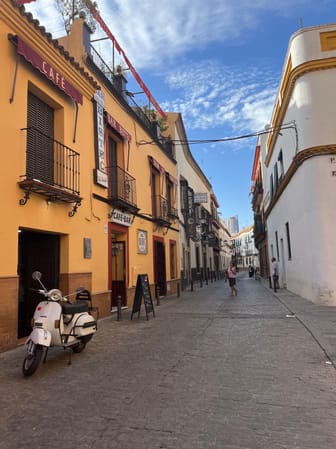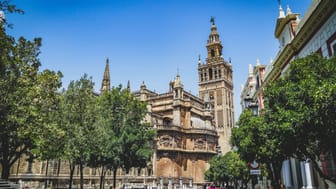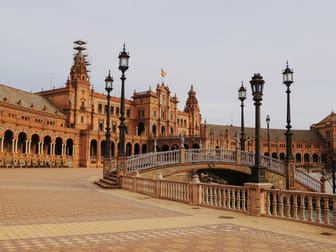Conjunto Arqueológico de Itálica
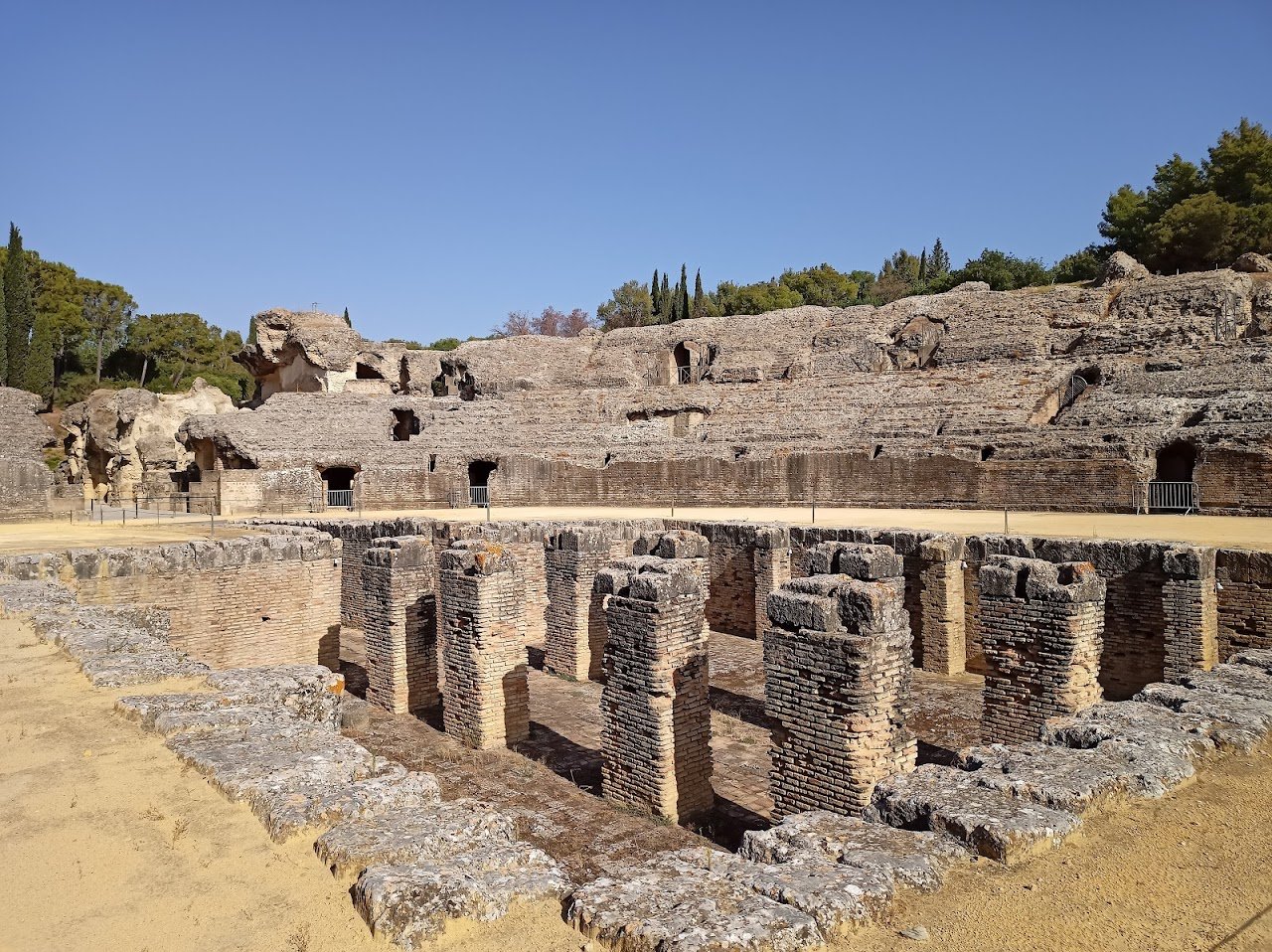
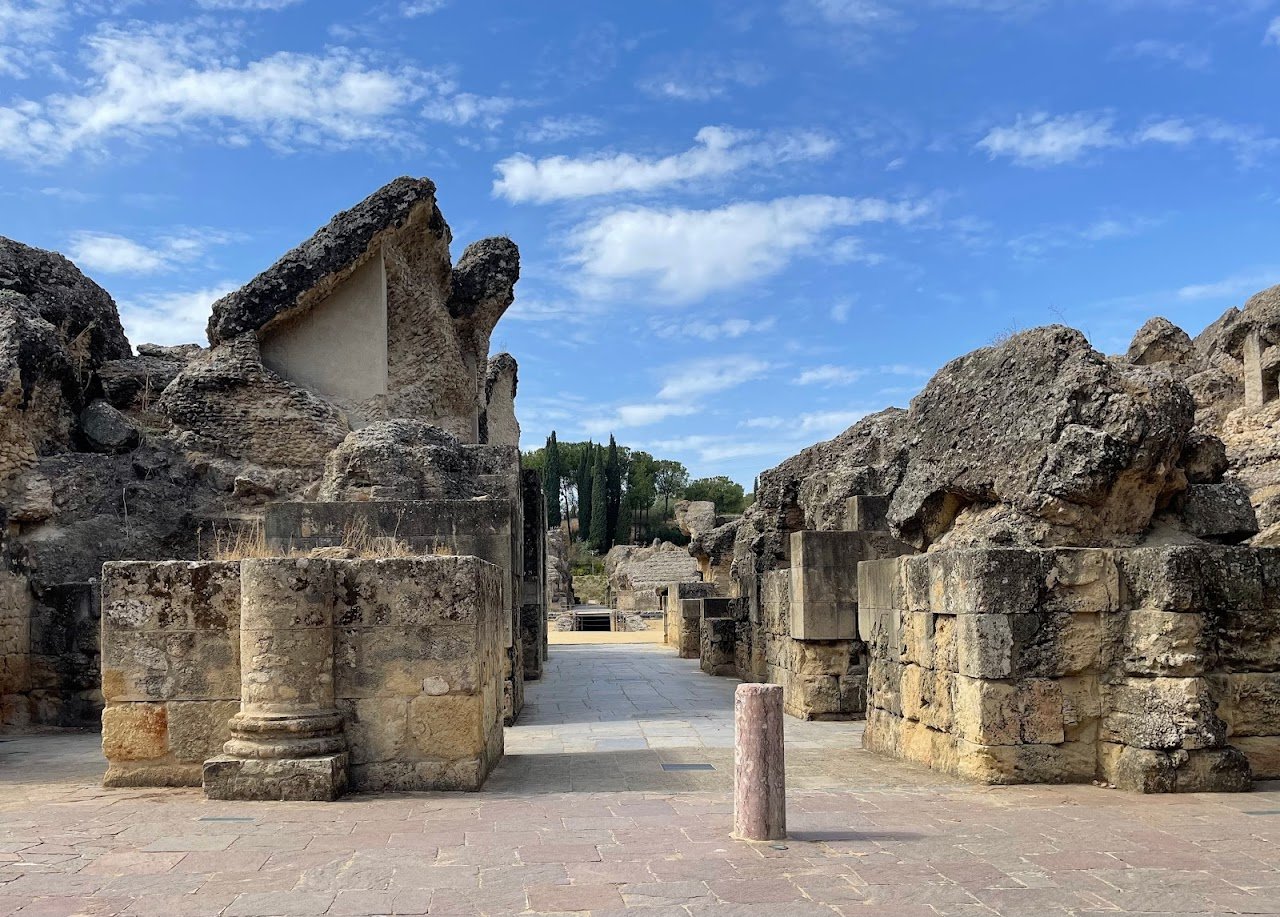
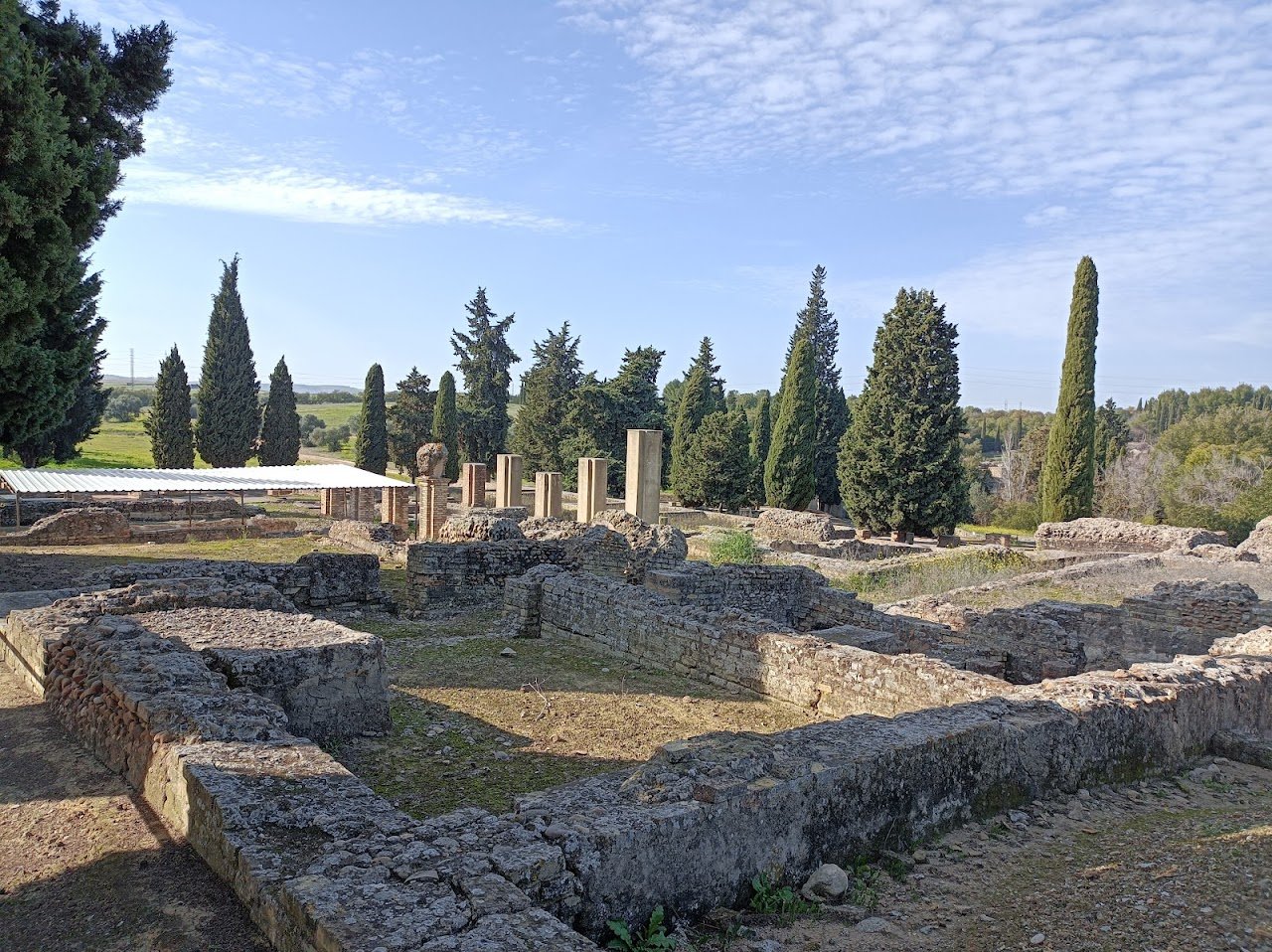
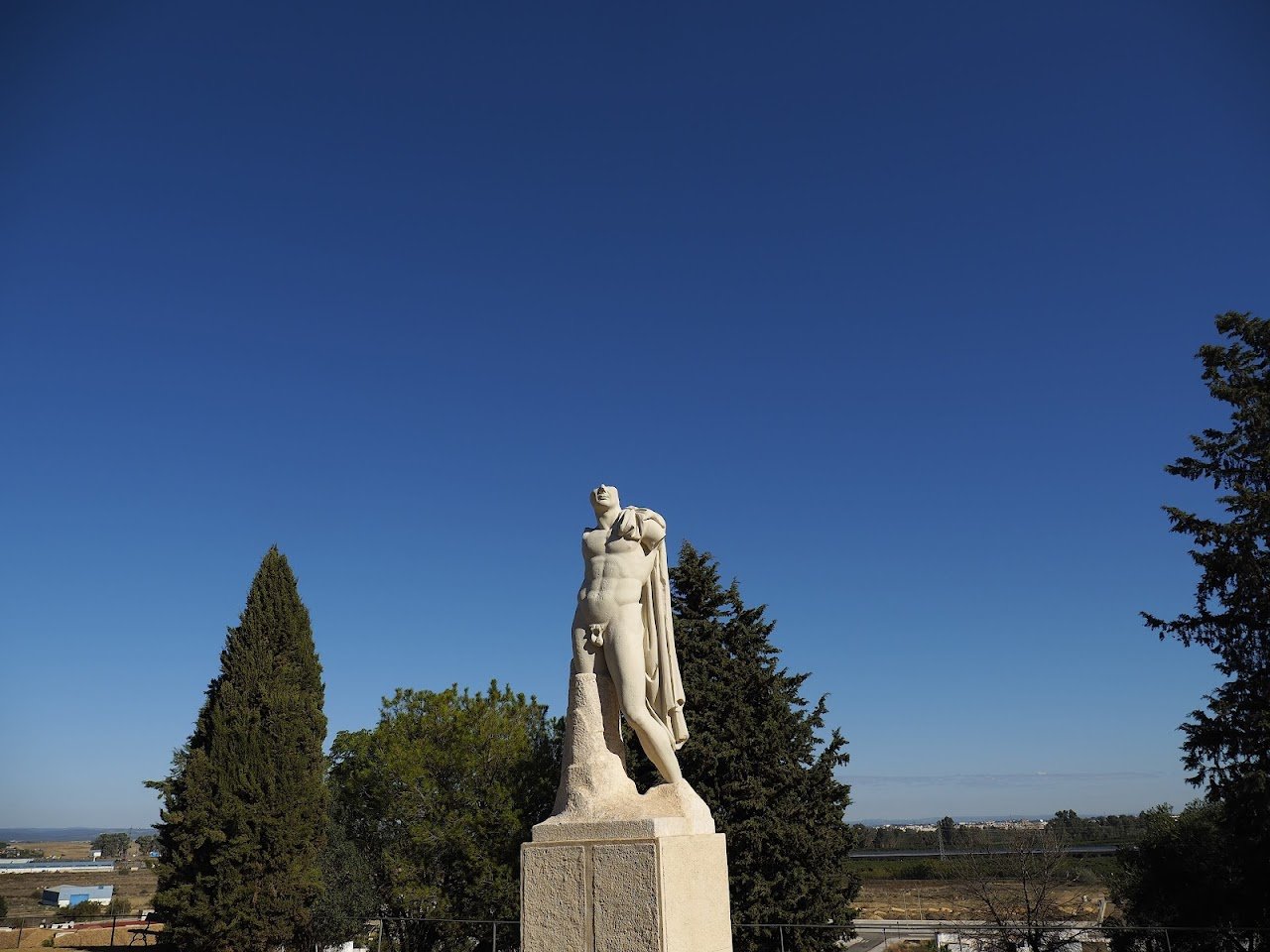
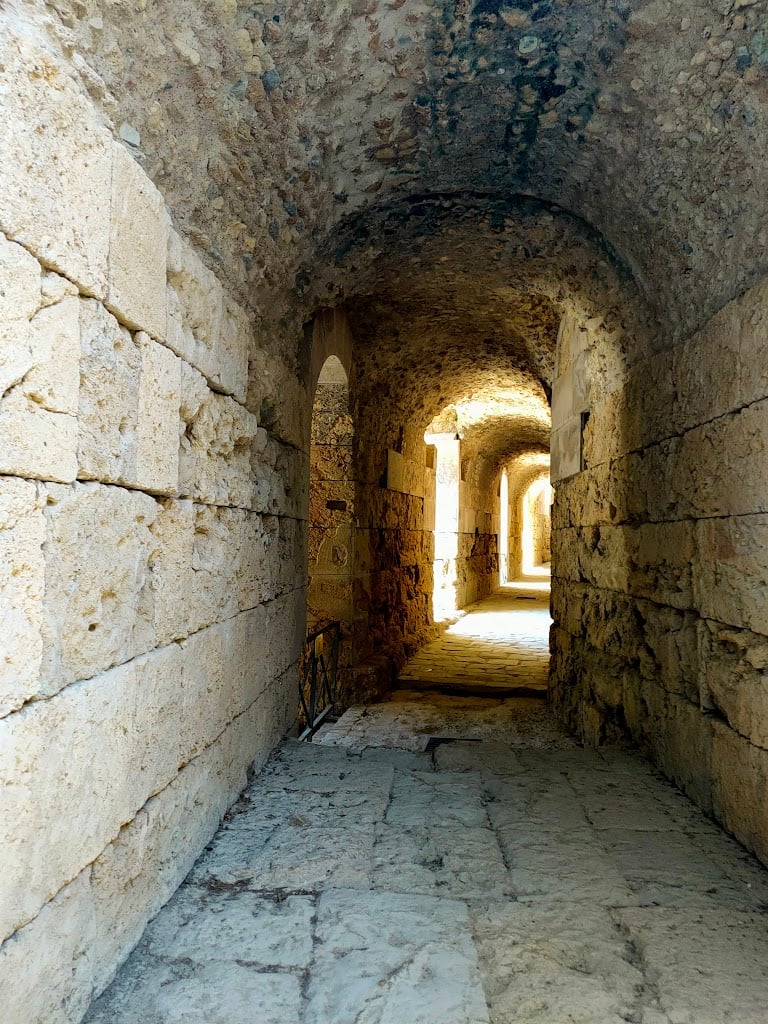
Ask ThatchGPT
Suggest a local expert to plan my trip
Suggest an unique itinerary for my Spain trip
What foods do Spain locals eat
What are some true hidden gems in Spain
Help me brainstorm trip ideas for Spain
Help me plan a family-friendly trip to Spain
What people say
Pedro Pereira
Available for hire
"The Roman city of Italica, located in the Lower Guadalquivir, halfway between Seville (Hispalis) and Alcalá del Río (Ilipa) and very close to the routes that connected with the mining area of the Sierra Norte of Seville and Huelva, played an important strategic role both in the political-military and economic aspects during the High Roman Empire, proof of this is that it came to occupy an area of approximately 52 hectares.
Its origins date back to 206 BC, when General Publius Cornelius Scipio, in the context of the Second Punic War, defeated the Carthaginians in the Battle of Ilipa and established a detachment of legionaries on the Cerro de San Antonio, a place where there had already been a Turdetan population since the 4th century BC. Although at first both communities lived together in this space near the Guadalquivir, the Roman element soon imposed its social and political ways. In the second half of the 1st century BC. The city acquired municipal status and, later, during the government of Emperor Hadrian (117-138 AD), that of a colony, which made it administratively equivalent to the metropolis.
The families of Trajan and Hadrian are originally from Italica, and it was the point of origin of many of the senators of the time. From the time of Augustus, at the turn of the era, the city was the subject of continuous urban and architectural improvements, among which stand out: the theatre, begun during his mandate or perhaps already in the time of Caesar and with a capacity for some 3,000 spectators; the amphitheatre, one of the first in the entire Empire in terms of capacity; or the expansion of the city, undertaken in the time of Hadrian.
The decline of the Ulpios and Aelios dynasty, also known as the Antonines, in which the Hispanic element had such a strong influence, as well as the fall of a series of important families from Baetica, determined the decline of Italica, which would only become more pronounced after the African Septimius Severus came to power. Evidence of this decline is the collapse of a good part of its public buildings, its infrastructure and some of the mansions erected during the phase of greatest urban development, as well as the reduction that seems to have taken place in the urban area at an undetermined time between the 3rd and 4th centuries.
In addition to political, social and economic factors, the instability of the subsoil where these buildings were located probably had a lot to do with the abandonment of a portion of the walled area. Despite everything, although the city at this time got rid of what was too costly to recover, although it lost political and economic weight to the benefit of Hispalis and Corduba, Italica was not totally eclipsed and even in the late Roman period we find some examples of civic splendour, as we see in its houses or in its necropolis."
Read more in:
Yesenia Vasquez
Available for hire
"Italica is an ancient Roman city famous for its well-preserved ruins and archaeological sites. It contains an expansive amphitheater and residential structures, offering insights into ancient urban life. Italica is a popular tourist destination and a UNESCO World Heritage Site."
Read more in:
Kathleen Norton
Available for hire
"Roman ruins near Sevilla"
Read more in:
Mentioned in these guides
About Conjunto Arqueológico de Itálica
Get the inside scoop on Conjunto Arqueológico de Itálica from local experts, travel creators, and tastemakers. Browse genuine trip notes, Conjunto Arqueológico de Itálica reviews, photos, travel guides, and itineraries from real travelers and plan your trip with confidence.
Phone
Save this spot for later or start mapping out a new trip today
Try our AI Travel Assistant and get instant answers to any questions about your trip.
Ask ThatchGPT
